In today’s digital age, we’re all striving to climb to the top of search engine results. But there’s a key ingredient in the SEO recipe that’s often overlooked: user experience. It’s not just about keywords and backlinks anymore; how users interact with your site plays a pivotal role in your search engine ranking.
We’ve seen firsthand how improving user experience can significantly boost SEO performance. From faster page load times to mobile optimization and intuitive navigation, every detail counts. Let’s dive into how we can make your site not just visible, but irresistible to both search engines and users alike.
Table of Contents
Key Takeaways
- Optimizing user experience (UX) is crucial for SEO success, with factors like page loading speed, mobile-friendliness, and intuitive navigation directly influencing search engine rankings.
- A lower bounce rate, indicating that visitors engage with more than just the landing page, improves SEO. This can be achieved through relevant content, simplified navigation, and quick page load times.
- Page load times significantly impact UX, with optimal speeds leading to lower bounce rates and better engagement. Techniques such as image optimization, leveraging browser caching, and using content delivery networks (CDNs) can enhance loading speeds.
- Mobile optimization is essential for SEO in the era of mobile-first indexing, focusing on responsive design, fast mobile page load times, and mobile-friendly navigation to match current user browsing behaviors.
- Designing intuitive website navigation enhances the user experience by making it easier for visitors to find what they’re looking for, thereby reducing bounce rates and encouraging longer site visits.
- High-quality, relevant content that suits user search intent bolsters SEO and user engagement, making use of multimedia elements and regular updates to keep content fresh and engaging.
The Importance of User Experience in SEO
In today’s digital ecosystem, user experience (UX) plays a pivotal role in SEO success. Google’s algorithms have evolved, prioritizing sites that offer high-quality user experiences. It’s not just about keywords anymore. UX factors such as page loading speed, mobile-friendliness, and intuitive navigation significantly influence a site’s search engine rankings.
We’ve observed that users prefer websites that load quickly. In fact, a delay of just a few seconds in page response can result in a noticeable drop in engagement. Mobile optimization is another critical aspect. With over half of all internet traffic coming from mobile devices, it’s crucial for sites to be responsive and easy to navigate on smaller screens.
Moreover, clear and intuitive website navigation ensures users find what they’re looking for with minimal effort. This not only improves satisfaction but also encourages longer visit durations. An engaging, easy-to-use site leads to lower bounce rates and higher conversion rates, which are key metrics for measuring SEO success.
Accessibility is also essential in UX. Making a website accessible to everyone, including people with disabilities, improves the overall user experience. This inclusivity can positively impact a site’s visibility and ranking on search engines.
Incorporating multimedia elements like images, videos, and infographics can make content more engaging for users. However, it’s vital to optimize these elements to ensure they don’t slow down page loading times. High-quality, relevant content that addresses the needs and questions of your audience establishes your site as an authoritative source. This attracts more traffic and encourages users to stay longer on your site, browsing through more pages.
By prioritizing UX in our SEO strategies, we’re not just aiming to satisfy search engine algorithms. We’re committed to providing the best possible experience for our users, acknowledging that a positive UX is a key driver of engagement, loyalty, and conversions.
Understanding the Bounce Rate and Its Impact on SEO
Bounce rate is a key indicator of how well our website engages visitors. It represents the percentage of visitors who leave after viewing only one page. A high bounce rate often suggests that our site’s landing pages aren’t meeting users’ expectations. This could be due to a number of factors such as poor design, slow loading times, or irrelevant content.
Search engines like Google use bounce rate as a ranking factor. They interpret a high bounce rate as a sign that our site might not offer valuable content. This can negatively impact our SEO efforts. Conversely, a low bounce rate indicates that our content is engaging and meets users’ needs.
Improving the bounce rate is critical for better SEO performance. We can achieve this by ensuring our content is relevant and valuable. Simplifying our site’s navigation can also encourage visitors to explore more pages. Additionally, optimizing page loading speed can significantly reduce our bounce rate.
Including clear calls to action (CTAs) on our pages can guide visitors to relevant content or actions. This not only improves user engagement but also the overall user experience. Focusing on mobile optimization is crucial. A significant portion of web traffic comes from mobile devices.
By understanding and improving our bounce rate, we’re not just enhancing our SEO. We’re also providing a better experience for our visitors. This dual focus on user experience and SEO fundamentals is key to our success in the highly competitive digital landscape.
Optimize Page Load Times for Better User Experience
One of the most critical factors impacting user experience is page load time. Studies have shown that pages loading within two seconds have an average bounce rate of 9%, while those taking five seconds see it escalate to 38%. Our objective is to ensure every website visitor has a seamless browsing experience, which begins with lightning-fast page loads.
To achieve this, we start by identifying elements that contribute to slow loading times. Common culprits include large, unoptimized images, bulky code, and excessive use of plug-ins. We prioritize compressing images and streamlining the code. This not only speeds up the page loading time but also enhances overall website functionality.
Another key strategy involves leveraging browser caching. This means that when visitors return to your site, their browsers can load pages without sending another HTTP request to the server. It’s a simple tweak with a significant impact on load times.
We also recommend employing content delivery networks (CDNs). CDNs distribute the loading of content by serving it from the closest server to the user’s location. This drastically reduces loading times, making your website more accessible and user-friendly on a global scale.
Implementing these strategies requires careful planning and continuous optimization. We’re constantly on the lookout for new techniques and technologies that can push our page load times even faster. By making page load speed a priority, we’re not just optimizing for search engines; we’re enhancing the user experience, which is at the heart of every successful SEO strategy.
Mobile Optimization and Its Impact on SEO
In today’s digital landscape, mobile optimization is not just a recommendation; it’s a necessity. Over half of global web traffic now comes from mobile devices. This staggering statistic underscores the shift in user behavior towards mobile browsing. Google has responded to this trend by implementing mobile-first indexing. This means Google predominantly uses the mobile version of the content for indexing and ranking.
A mobile-optimized website ensures a seamless experience on smartphones and tablets. This includes readable text without zooming, adequately spaced touch elements, and no horizontal scrolling. These elements are crucial for keeping users engaged and reducing bounce rates. Pages that fail to provide a smooth mobile experience often see a decline in rankings. This is because search engines aim to deliver the most user-friendly content in their results.
We also need to consider the loading speed on mobile devices. Mobile pages that load in under 3 seconds are more likely to retain visitors.
| Loading Time (seconds) | Bounce Rate (%) |
|---|---|
| 1-3 | Low |
| 3+ | High |
Optimizing images, leveraging browser caching, and minifying code are effective strategies for improving mobile page speed. Furthermore, responsive design plays a critical role in mobile optimization. It ensures that your site adjusts fluidly across different screen sizes and resolutions. Responsive websites provide an optimal viewing experience, further enhancing user satisfaction and engagement.
Implementing accelerated mobile pages (AMP) can also boost SEO. AMPs are designed to load quickly and create a smooth, more engaging experience on mobile.
By focusing on mobile optimization, we directly influence our site’s SEO performance. Mobile-friendly sites not only rank better but also provide a competitive edge by meeting user expectations for quick, accessible, and easy-to-navigate web experiences.
Designing Intuitive Navigation for Improved User Experience
We understand that crafting intuitive navigation is not just about aiding users find what they’re looking for. It’s about ensuring they enjoy the journey along the way. Intuitive navigation directly correlates with improved user experience, which, in turn, boosts our site’s SEO performance.
We prioritize simplicity in our website’s structure. A straightforward, logical layout helps users navigate our site with ease. This simplicity reduces bounce rates and encourages users to spend more time exploring our content.
We’re committed to using clear, descriptive labels for our navigation menus. These labels guide users effectively, making it easier for them to find the information they need. Ambiguous labels are avoided at all costs.
Including a search function is a strategy we’ve implemented to enhance user navigation. This allows users to find specific content quickly, improving the overall user experience. A seamless search feature can significantly reduce frustration and increase satisfaction.
We also focus on mobile responsiveness when designing navigation. With the shift towards mobile browsing, our navigation must adapt perfectly to smaller screens. Ensuring that our menus, buttons, and links are easily clickable on mobile devices is a priority.
Our approach includes regular testing and feedback collection. We continuously refine our navigation based on user interactions and preferences. This ongoing optimization process helps us ensure that our navigation remains intuitive, regardless of how our content or user expectations evolve.
By prioritizing intuitive navigation design, we’re not just enhancing user experience. We’re also signaling to search engines that our website is valuable, relevant, and deserves a higher ranking.
Including High-Quality Content for SEO and User Engagement
Content is king in the digital world. It’s not just a saying; it’s the reality of SEO and user engagement today. High-quality content serves as the backbone of any successful SEO strategy. It not only helps in ranking higher on search engine results pages (SERPs) but also in maintaining user interest.
Creating compelling and valuable content is essential. Users seek information that is useful, relevant, and engaging. When we provide content that answers their questions or solves their problems, we establish trust and credibility. This leads to increased user engagement and potentially more conversions.
The relevance of content to the users’ search intent cannot be overstated. Google’s algorithms are increasingly sophisticated, aiming to match users with the content that best answers their queries. Therefore, our content must align closely with what our audience is searching for.
Incorporating keywords naturally into our content is still crucial. However, gone are the days of keyword stuffing. Today, it’s all about context and providing value. Keywords should fit seamlessly into our content, enhancing rather than detracting from the user’s experience.
Multimedia elements can dramatically improve engagement. Images, videos, infographics, and interactive elements can break up text, making content more digestible and engaging. These elements can also provide alternative ways for users to consume information, catering to different preferences.
Regularly updating content is also key. The freshness of the content can influence its ranking on SERPs. By updating our information, adding new insights, and refreshing old posts, we signal to search engines that our site is active and relevant.
Finally, content should be easy to read and navigate. Short paragraphs, clear headings, and bullet points can enhance readability. Simple language ensures that our content is accessible to a wider audience, improving user experience and engagement.
By focusing on high-quality content, we’re not just optimizing for search engines. We’re creating a better experience for our users, which is the heart of successful SEO.
Conclusion
We’ve navigated through the pivotal role of user experience in shaping SEO success. It’s clear that elements like page speed, mobile optimization, and intuitive design aren’t just add-ons but essentials in crafting a website that ranks well and satisfies users. By prioritizing these aspects, we not only boost our SEO efforts but also foster a positive environment where engagement and loyalty flourish. Let’s remember, at the core of SEO lies the commitment to providing a seamless, enjoyable experience for our users. By integrating high-quality content with a keen eye on user experience, we set the stage for both our websites and our audiences to thrive in the digital age. Let’s embrace these strategies, refine our approach, and watch as our SEO efforts translate into tangible success.
Frequently Asked Questions
What is the importance of UX in SEO?
User Experience (UX) is crucial in SEO as it directly influences search engine rankings by improving engagement, loyalty, conversions, and reducing bounce rates. Ensuring a site is user-friendly and provides valuable content enhances UX, which in turn boosts SEO.
How does page loading speed affect a website’s SEO?
Page loading speed is a vital factor in SEO. Faster loading times improve user experience, reduce bounce rates, and are favored by search engines, thus positively impacting a website’s search engine rankings.
Why is mobile optimization crucial for SEO?
Mobile optimization is essential due to the shift towards mobile browsing. Google uses mobile-first indexing, meaning a mobile-friendly website is critical for good rankings. It ensures a seamless experience on smartphones and tablets, reducing bounce rates.
What role does high-quality content play in SEO?
High-quality content is foundational for successful SEO. It helps websites rank higher in SERPs by meeting users’ search intent, incorporating keywords naturally, and maintaining user interest. Content quality directly impacts user engagement and loyalty.
How can bounce rate be improved?
Improving bounce rate involves enhancing the website’s user experience. This can be achieved by optimizing page load times, ensuring mobile optimization, providing intuitive navigation, and incorporating multimedia elements engagingly and accessibly.
What strategies can optimize page load times?
To optimize page load times, compress images, leverage browser caching, minimize CSS and JavaScript, and use a content delivery network (CDN). These actions help reduce the time it takes for pages to load, enhancing UX and SEO.
What is the significance of responsive design in SEO?
Responsive design is significant for SEO as it ensures a website is viewable and functional across all devices. This improves user experience for mobile and tablet users, aligns with Google’s mobile-first indexing, and can lead to better search engine rankings.
How do multimedia elements impact SEO?
Including multimedia elements like images, videos, and infographics can improve engagement by making content more interesting and accessible. They contribute to a positive UX and can help retain visitors longer, which can positively affect SEO rankings.


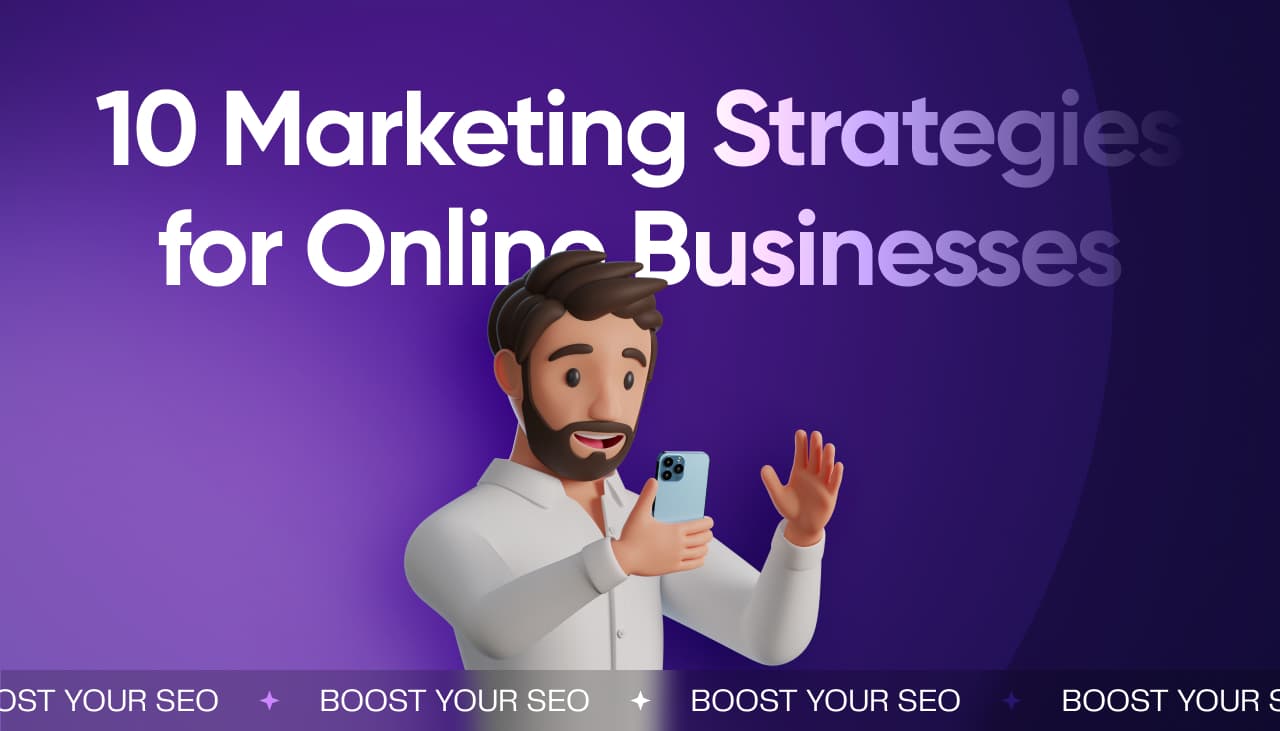


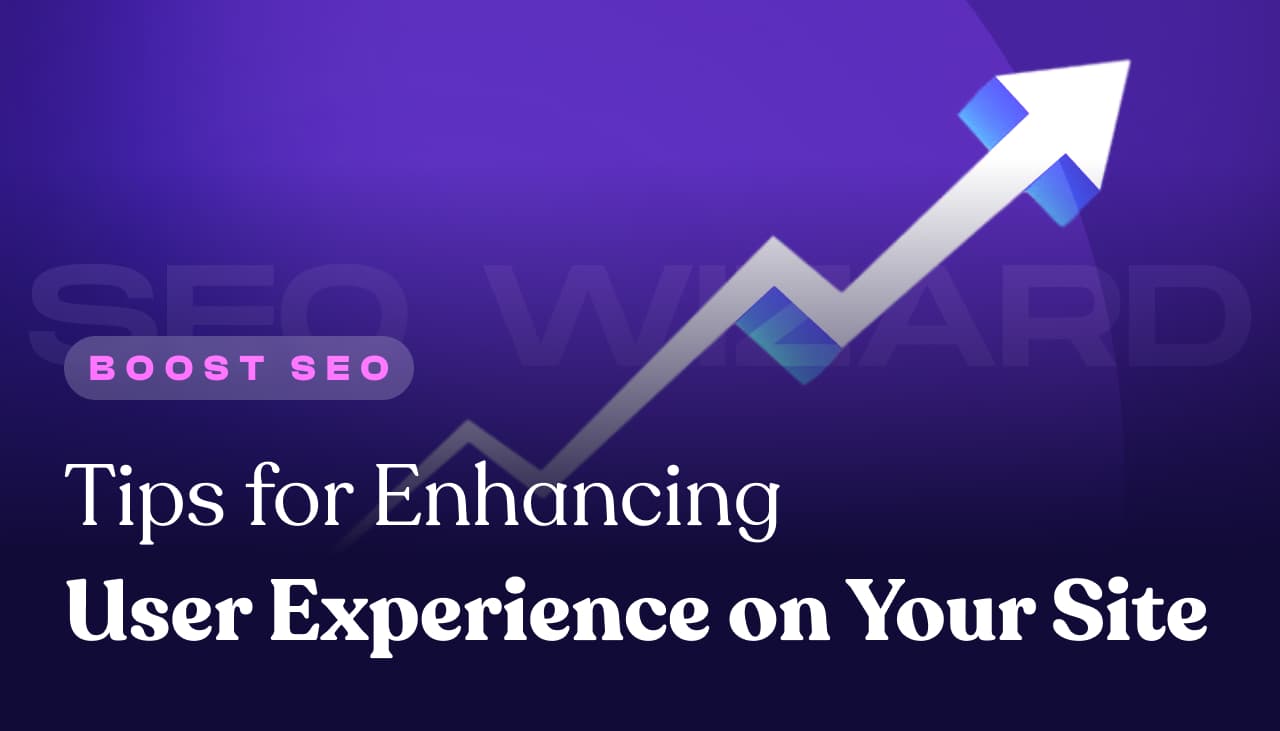







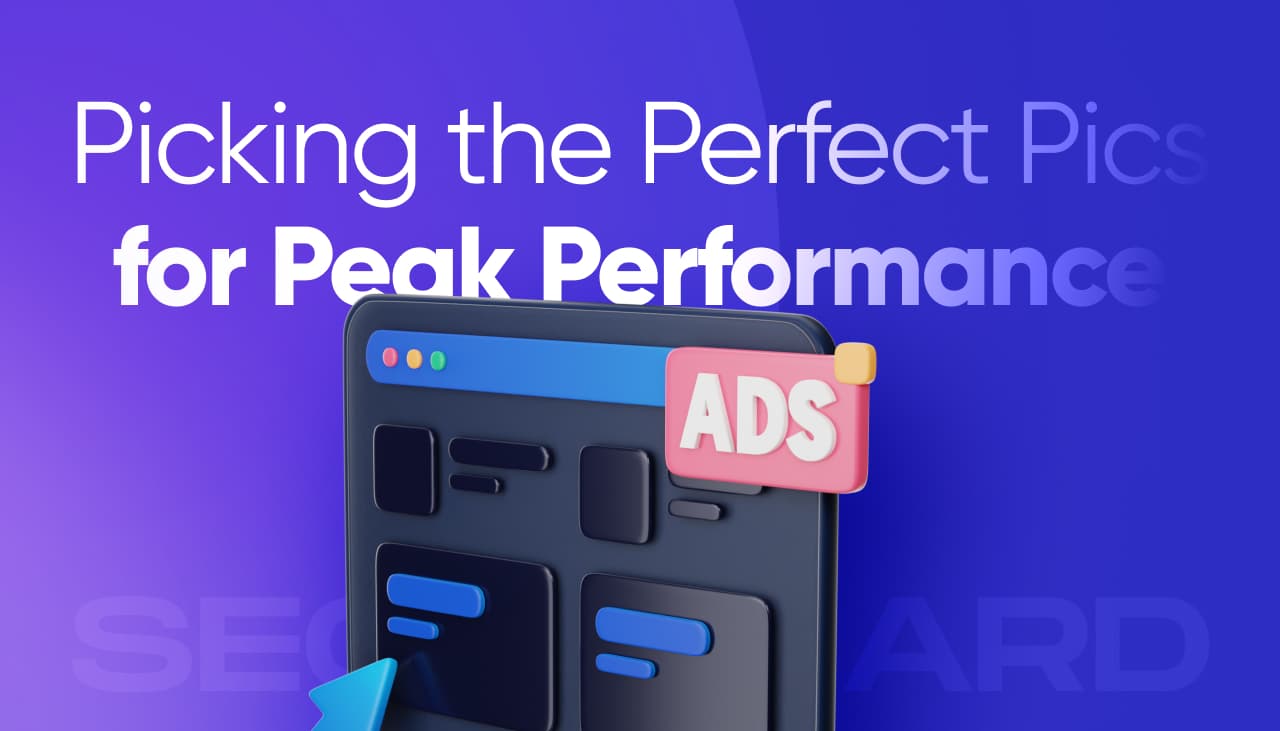


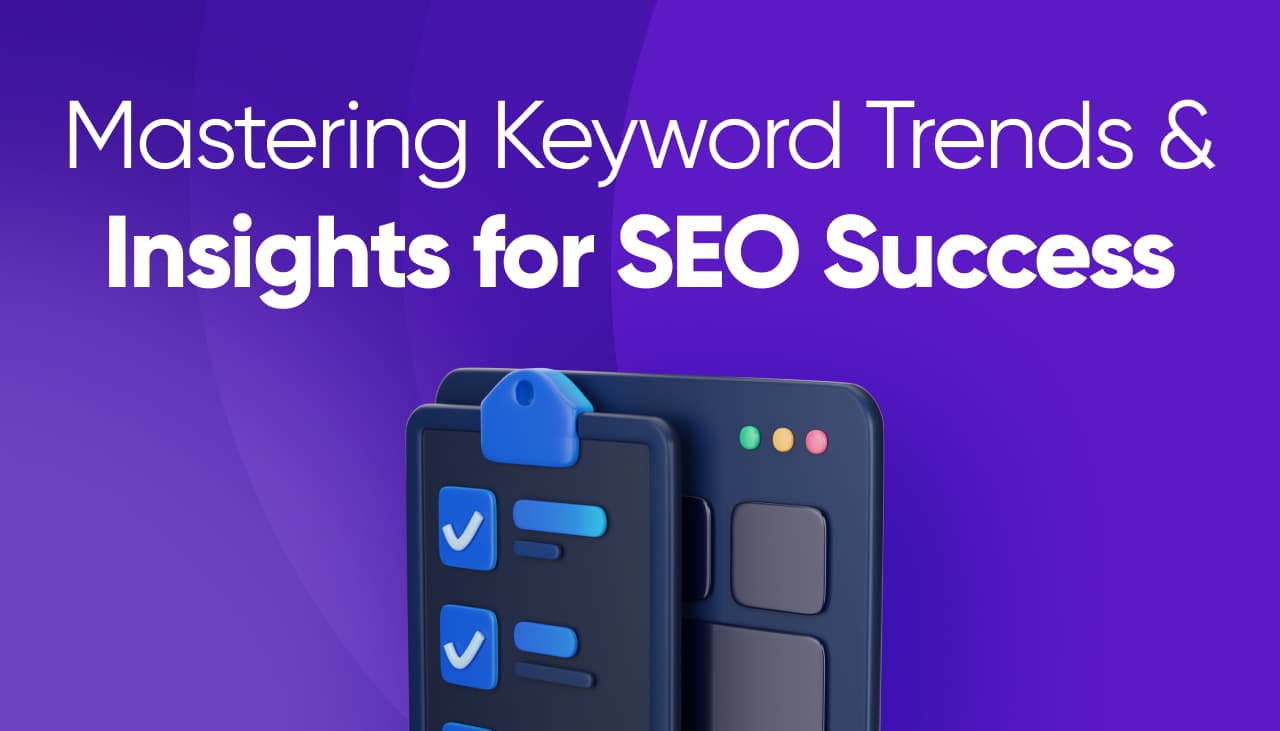

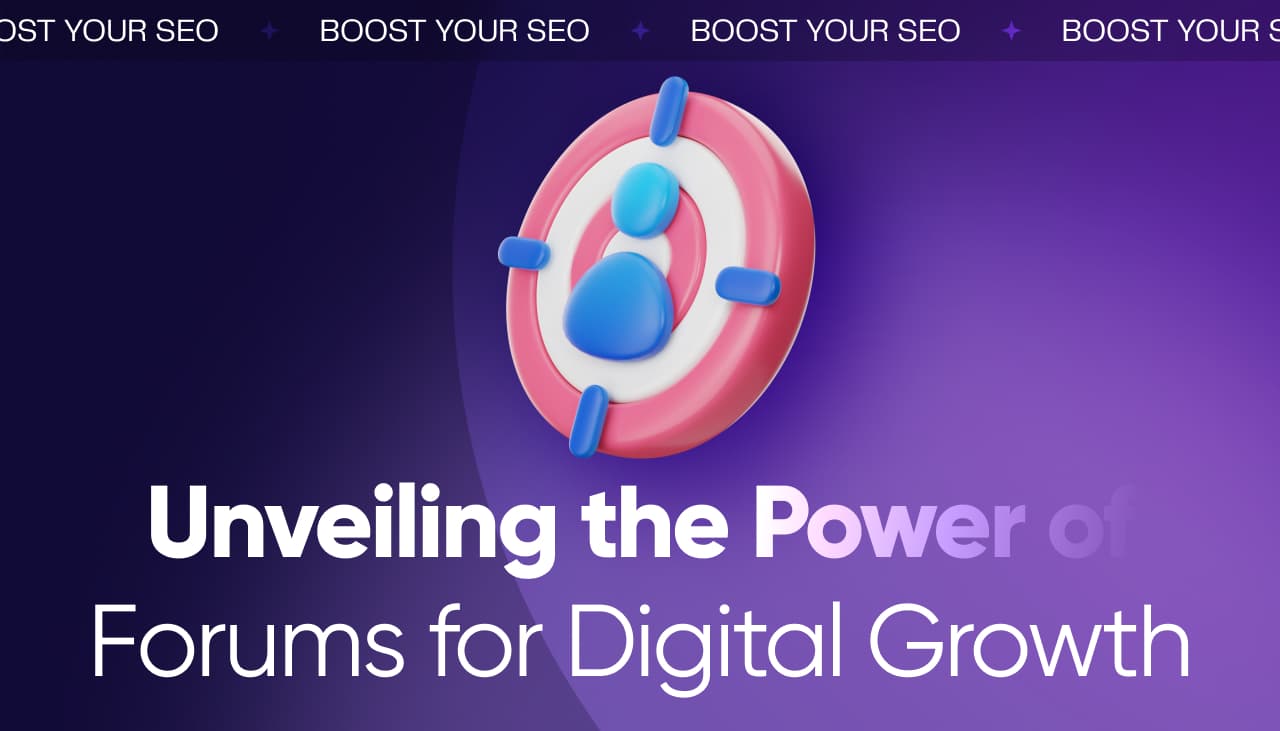
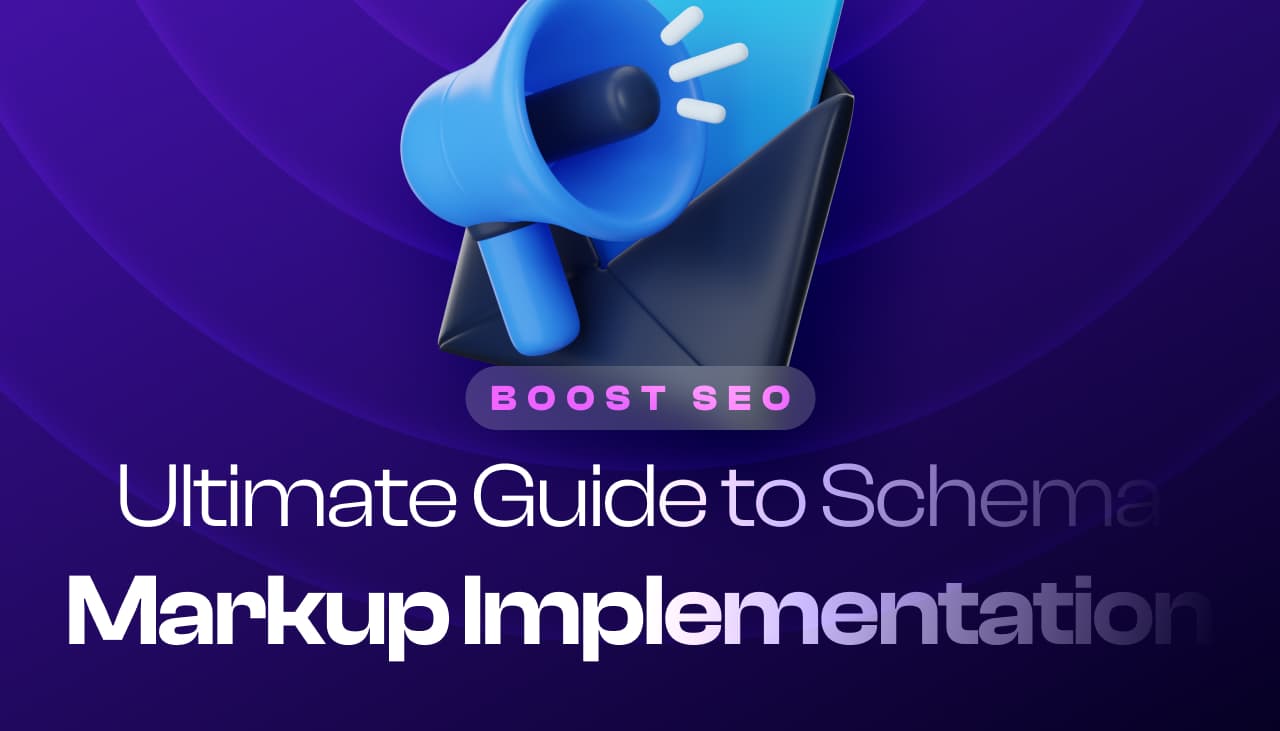


Responses (0 )